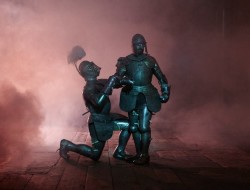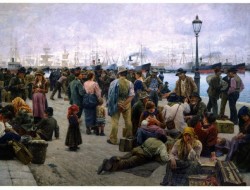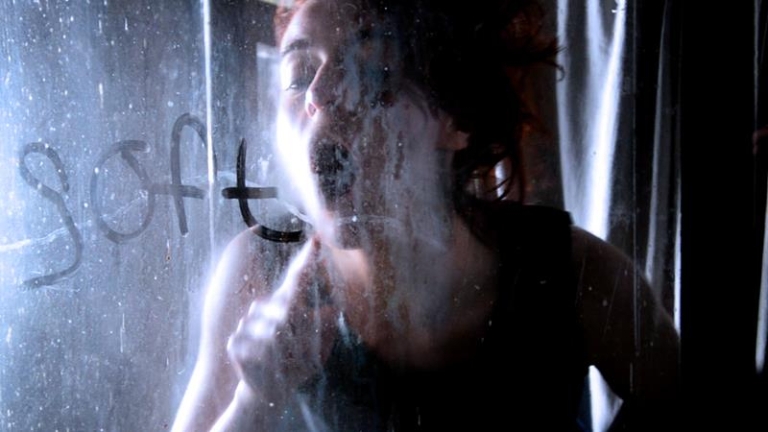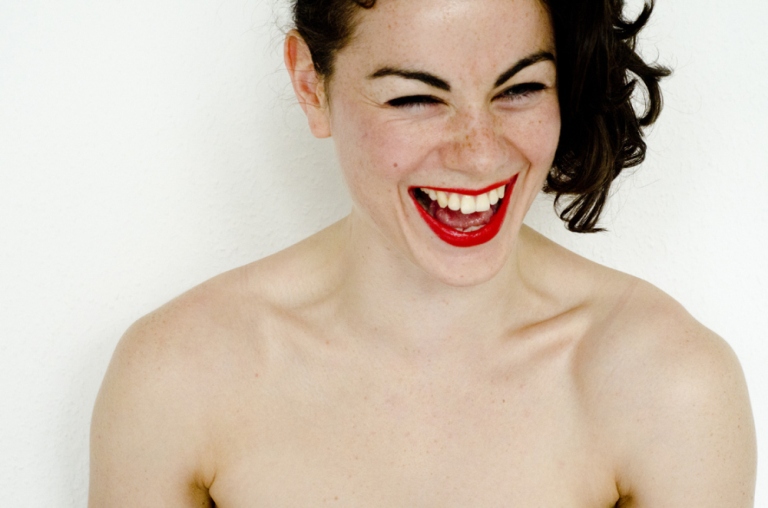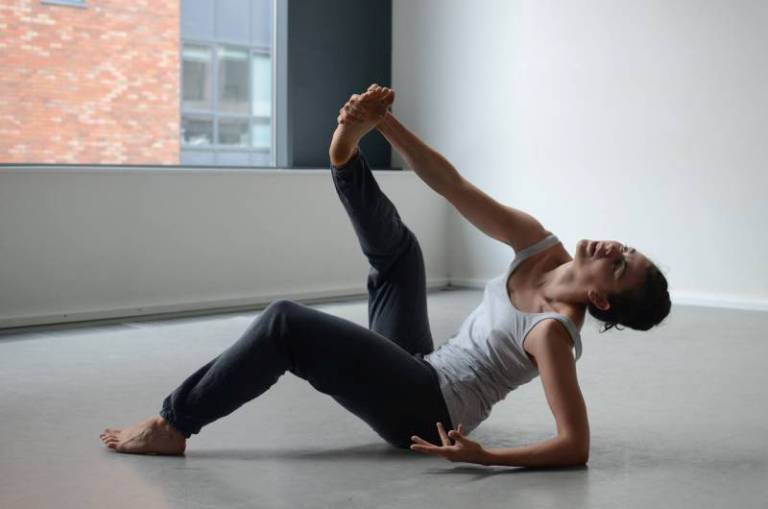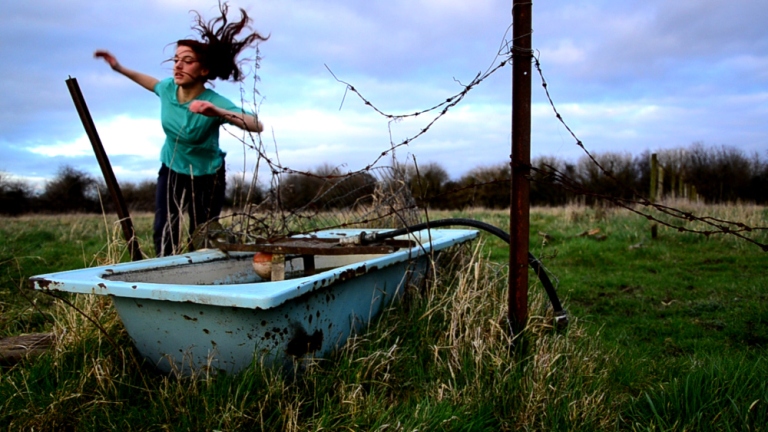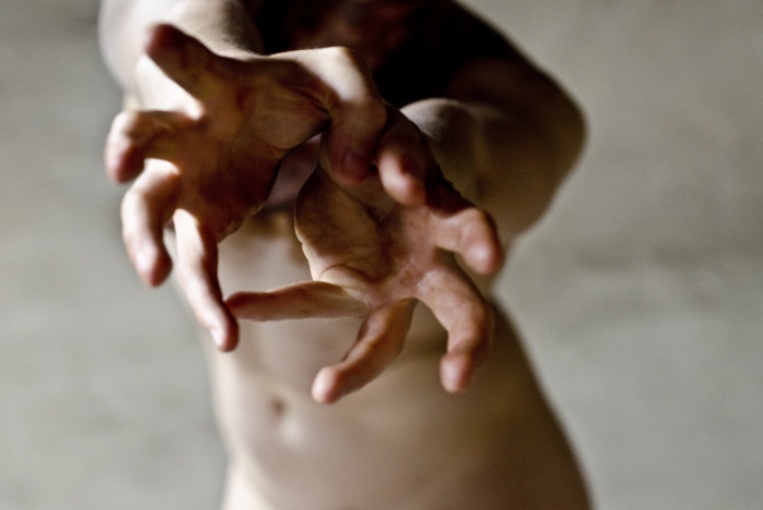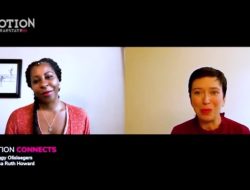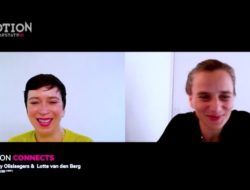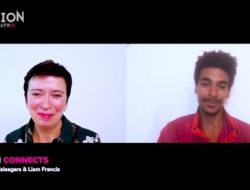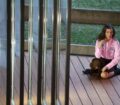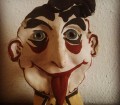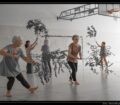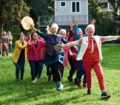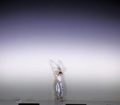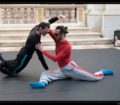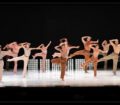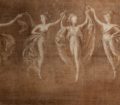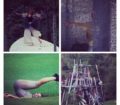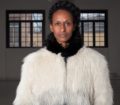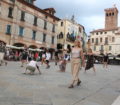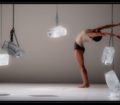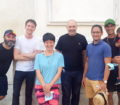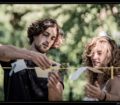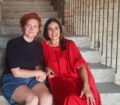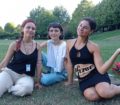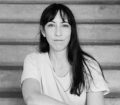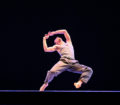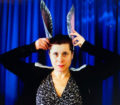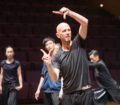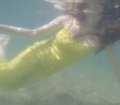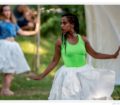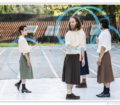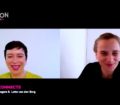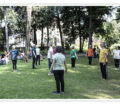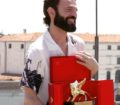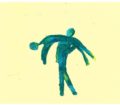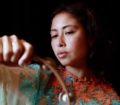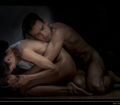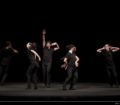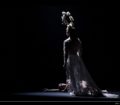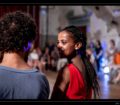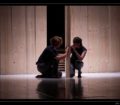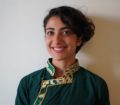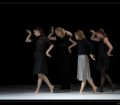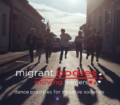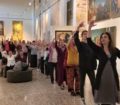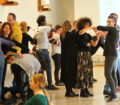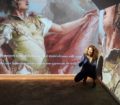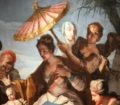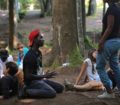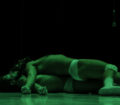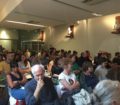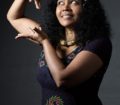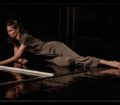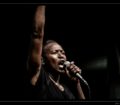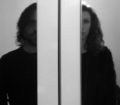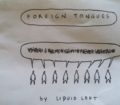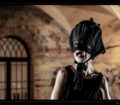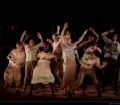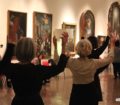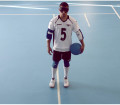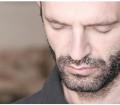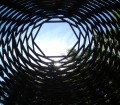“Softer Swells” is a solo piece by the Irish dancer and choreographer Aoife McAtamney. This work has been selected by the network Aerowaves and played during BMotion Dance 2015. The solo piece was made in 2012 and it is about roles and gender, identity and femininity.
Here is the interview with Aoife Mcatmney about the genesis of her solo, the roots of her work and her point of view on gender and femininity.
You wrote a “Femifesto”: a sort of manifesto, a short declaration dedicated to your body, your creativity, you femininity. Why is your gender so crucial in your artistic biography?
My fascination with gender is not the root of my movement and chorographic practice, it is something I am busy with investigating using my art because I want to know more about its mechanisms. The roots of my work come from my exploration and curiosity for simply being in this world. I do not believe that we have and ‘form’ in this work in the sense that something is fixed. I do not even believe that one has a fixed identity. It changes as we grow and experience learning that shifts our perspectives. I try always to deconstruct gender in a general sense. For everyone, I feel it is important to examine and question personal associations with gender to understand how gender can become meaningful in a positive empowering way, instead of something that is pre described by the norm. If we don’t, too often gender role play has associations with oppression. To choose to write Femifesto instead of a Manifesto was a pun on the word – and I changed it because, I can! Because, this is the beautiful thing of having choices, perspective and control over your own thinking – you can be creative and original with what you choose to represent your being. Artistically I take responsibility to be aware of the gender associations I make on stage or through my promotional media. This is because as an artist I have something say that is reflected from something learned, like gender. Artists can reconstruct these realities and have this great gift to send an alternative narrative to an audience. Gender to me is just many choices joined in a chain of created identity.
Who is Aoife McaAtamney as dancer and as woman?
Aoife McAtamney is an evolving project.
How did your collaborations with choreographers such as William Forsythe and Frédéric Flamand affect your work?
I learned a lot from William Forsythe. He was my teacher and someone that I always feel gave me the permission to choreograph. He made all of the ideas I had seem not so crazy after all. I never went to a full time dance school, dancing was always a hobby and something on the side, I was going to actually study chemistry. When I got to the D.A.N.C.E II programme (Dance Across Europe) I suddenly realized that all the ideas I had growing up, like how I would be preoccupied by dancing on a staircase, would be considered interesting places to start for choreographies. Forsythe taught me that you can start a choreography from any point. Flamand was my first encounter with a choreographer that did not make the ‘steps’ in the chorography. I was very fascinated by this and enjoyed observing how he acted almost like coordinator to the sections of dance the company developed. He had a great eye for scale and making the stage a surreal maze.
Who are your Masters, what’s their heritage?
My masters are clarity and intuition and the heritage it to just to keep digging to get closer to these qualities and respect them.
Does it exist a feminine dance?
It depends on the person that is watching the dance. It depends on each individual audience member and what they associate to be feminine. For me femininity is a myth and something that feels forced if I were to try to embody it.
You wrote: “I take responsibility for my body in this word”. What does it mean “to take responsibility” to you?
Nina Simone has a great song called ‘No Body’s Fault But Mine’ and she sings about everyone of us having to take responsibility for our actions. I you want to be happy, you can be happy, if you want to dance you can dance, if you want to be sad you can be sad, if you want to be creative you can be creative, if you want to be destructive you can be destructive… etc. The point being that everything is available to you. The intention you have behind each decision you make in your life is important. To know who you are, what you are doing and why you are doing it is beautiful and means that you look to no one else for understanding, love or direction. You have it all and this of course needs responsibility.
“Softer Swells” is your first solo. What’s the starting point of this work?
This solo was made in 2012 when I came home to Ireland after spending time all over Europe and the USA. I was really shocked by how pervasive gender roles still are in the country so, I wanted to research this and discover more. I was also discovering a passion I have for singing and this was connected very much to the Irish traditional scene. I learned some songs from Liam Ó Maonlaí of the Hothouse Flowers, Liam is an incredible traditional musician. He taught me ‘Ye Rambling Boys of Pleasure’ which I sing in the solo. At that time I was starting to form a group called DISH Dance with Anna Kaszuba, Ilan Kava, Giacomo Corvaia and Juan Corres Benito. We were excited to work together and I was getting very inspired by being around these amazing artists. We still work together today. So, Softer Swells was my way to structure and place all of the exciting things that were happening to me at that time. I needed the choreography to capture this moment.
In this performance you combine a physical language with a vocal one. What’s the meaning and the relevance of your voice in this performance?
Singing to me has no meaning, it just has another energy to movement. It comes from the guts and the body seems to vibrate so meticulously when it happens. I am fascinated by this feeling and the sound that emerges from the mouth when one is connected to each inescapable vibration. I have always loved singing and dancing. Dancing has a particular relevance to my existence, it keeps me grounded and in the understanding of my formlessness. Singing is interesting to me because to hear the sound of your own voice in the world is powerful and can move others. When I made Softer Swells I was very interested in developing a movement and voice practice, which, three years later feels artistically with greater depth.
What’s your visual source of inspiration for your choreography?
My intuition is my inspiration and ‘know how’ with choreography. Visually, it can be so many things. For Softer Swells I was very interested in the painters Egon Schiele and Klimt. I was also interested in how nature arranges itself. I was bringing tree braches into the studio on some days. I am a huge fan of art and when I am not working in a creation process, I feed myself artistically by getting to know the work of artists that I admire.
How do you usually proceed to generate and create your gestures and movements?
The same way that I research different artists that I like, I have a studio practice inbetween creation processes. This means that when I get to the studio I have things that I can share with the collaborators I am working with and we use this as a starting point to get to interesting material. It is a very fun way to work. It means that the things I am developing exist outside studio time and then are brought to life with others during studio time. I enjoy very much composition and structuring. When it comes to this point in the process I am very happy and excited. This place is the most intuitive moment! I love it.
If you would have to write to a stranger an invitation card for your show, what would you write on it?
I love you.
Interview by Anna Trevisan
Tags: Aerowaves, Aoife McAtamney

